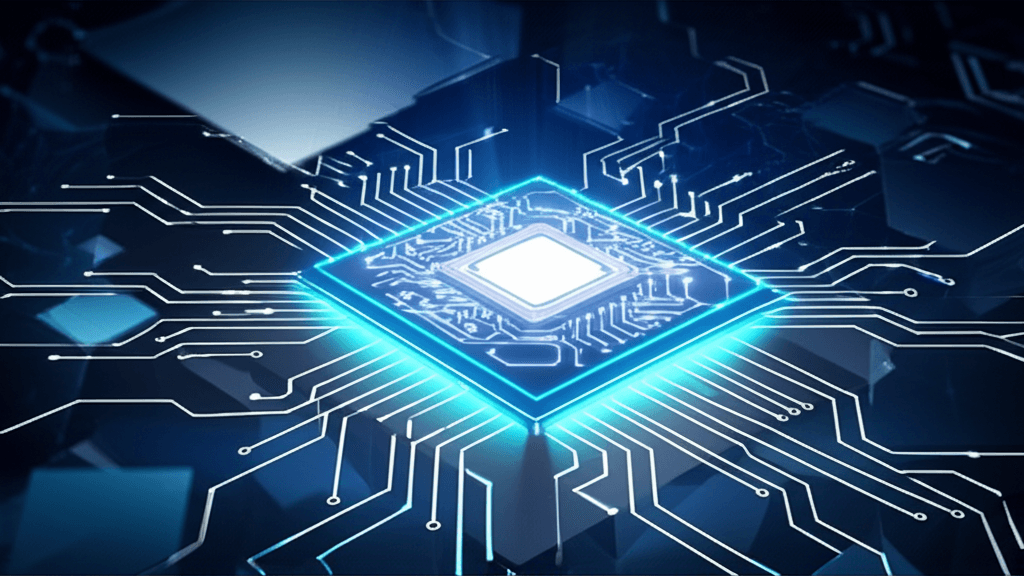xAI open-sources powerful Grok 3, challenging dominant proprietary AI models.
Elon Musk's xAI bets on open-source Grok 3, challenging proprietary models and redefining the future of AI development.
August 25, 2025

In a move poised to reshape the competitive landscape of the artificial intelligence industry, Elon Musk has announced that his company, xAI, will open-source its next-generation language model, Grok 3, in approximately six months.[1][2][3][4] The declaration came in conjunction with the immediate open-source release of Grok 2.5, an earlier but still potent version of the AI, now available on the developer platform Hugging Face.[1][2][5] This strategic pivot towards greater transparency and accessibility for some of the most advanced AI technology signals a direct challenge to the proprietary models that have dominated the sector and reflects a growing industry trend favoring open development.[6][7] The decision to make a model touted as a significant leap in computational power and reasoning available to the public carries profound implications for developers, enterprises, and the very philosophy underpinning AI's future.
The announcement, made by Musk on the social media platform X, continues a pattern of open releases from xAI, which previously made its Grok-1 model available in a similar fashion.[1][3] By releasing Grok 2.5, which Musk referred to as "our best model last year," xAI is providing the global AI research community with access to the model's weights and architecture.[2][8] However, this access comes with certain stipulations. The Grok 2 Community License Agreement, under which Grok 2.5 is released, includes what some have described as "anti-competitive terms."[1][5] These restrictions prohibit the use of the model's code to train, create, or improve competing AI models, indicating a hybrid approach where openness is balanced with a degree of control over commercial applications.[1][9][10] This move is seen as a direct counterpoint to rivals like OpenAI, a company Musk co-founded and has since criticized for shifting from its non-profit, open-research origins to a more closed, proprietary model.[1][2][10]
The anticipation surrounding the open-sourcing of Grok 3 is amplified by the model's reported capabilities, which position it as a formidable competitor to leading systems from OpenAI, Google, and others.[11] Unveiled in February 2025, Grok 3 was developed using xAI's Colossus supercomputer and was trained with what Musk described as ten times the computational power of its predecessor, Grok 2, utilizing around 200,000 GPUs.[1][12][11] This immense power has reportedly translated into superior performance on various industry benchmarks, with xAI claiming it outperforms models like OpenAI's GPT-4o in complex reasoning tasks related to mathematics, science, and coding.[13][12][11] Grok 3 introduces several advanced features, including a "Think Mode" that allows it to perform more complex, multi-step reasoning.[14][13] It also features a "Big Brain Mode" for tackling computationally intensive problems and a "DeepSearch" function that acts as a next-generation search engine by analyzing real-time information from the internet to provide comprehensive answers.[15][16][13] The model boasts a large 128,000-token context window, enhancing its ability to process and understand lengthy and complex inputs.[17][18]
The strategic decision to open-source such a powerful model is a calculated gamble that could significantly influence the direction of the AI market.[6][19] For years, the dominant strategy for leading AI labs has been to keep their most advanced models proprietary, creating a competitive advantage through exclusivity.[20] By contrast, xAI's approach aligns with a growing movement toward open-source AI, a trend that saw nearly two-thirds of all large language models released in 2023 being open-sourced.[6][19][7] This strategy holds particular appeal for enterprise customers who are increasingly wary of vendor lock-in and prioritize data privacy and control.[7] Open-source models can be run locally, preventing sensitive data from leaving an organization's infrastructure, and offer greater flexibility for customization to meet specific business needs.[7] This shift is not merely philosophical; some reports indicate that companies using open-source AI achieve a higher return on investment compared to those using proprietary solutions.[20][7] By positioning xAI as a more transparent alternative, Musk is betting that the benefits of community-driven innovation, faster adoption, and enterprise appeal will outweigh the risks of giving competitors access to the underlying technology.[1][6][19]
In conclusion, xAI's commitment to open-sourcing Grok 3 represents a significant escalation in the ongoing debate over the future of artificial intelligence development. This move is more than a technical release; it is a strategic maneuver designed to court developers and businesses, challenge the dominance of established players like OpenAI, and champion a philosophy of transparency in an industry often shrouded in secrecy. While the immediate release of Grok 2.5, albeit with licensing restrictions, provides a tangible benefit to the AI community, the true impact of this strategy will be determined when the far more capable Grok 3 becomes publicly available. The success of this open-source gambit will depend on how effectively the global community can harness Grok's power and whether this increased accessibility ultimately fosters a more collaborative and innovative AI ecosystem.
Sources
[3]
[5]
[9]
[10]
[12]
[13]
[15]
[16]
[17]
[18]
[19]
[20]